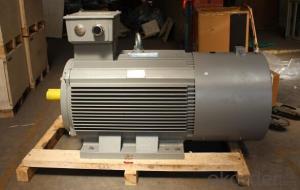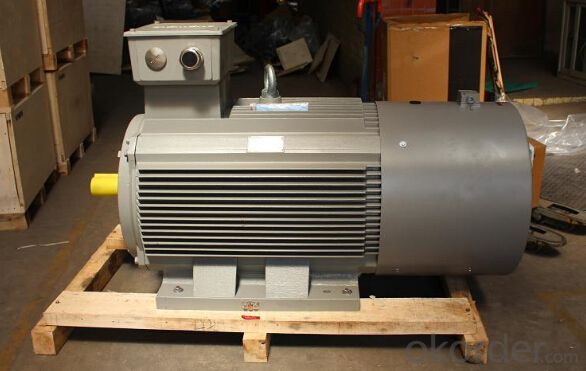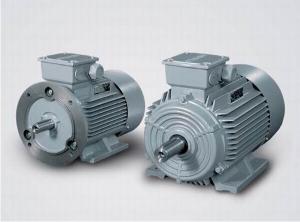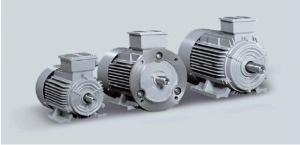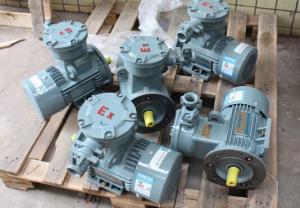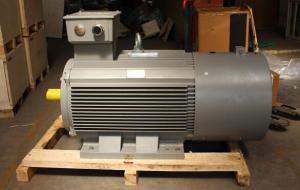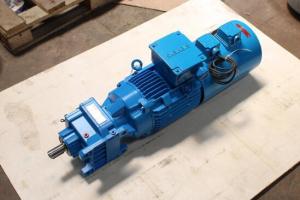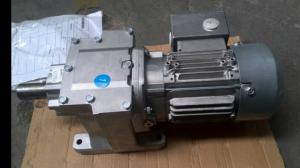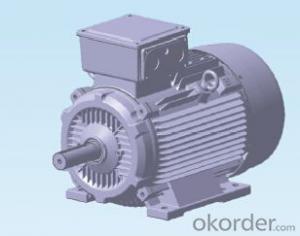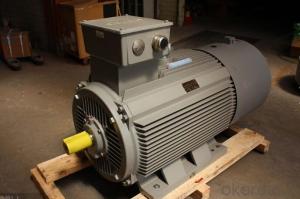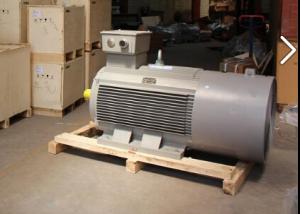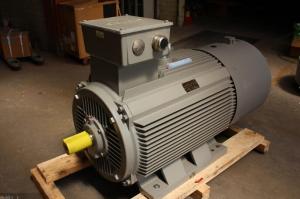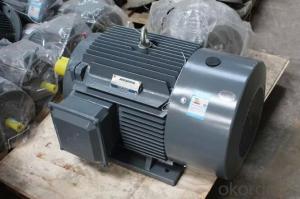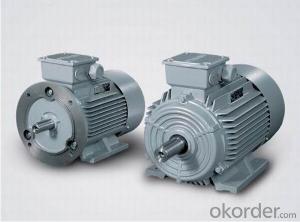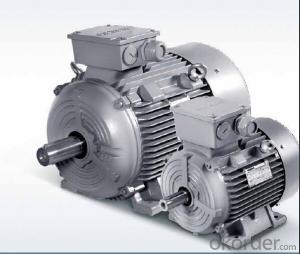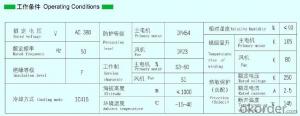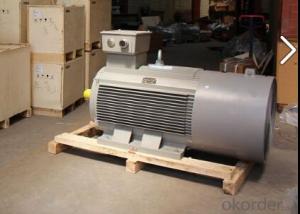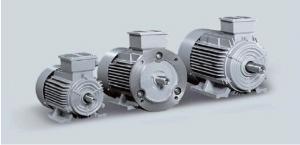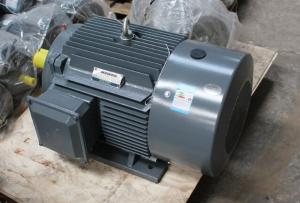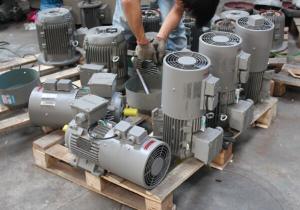Siemens High Low Voltage Motor 1PQ Series
- Loading Port:
- China Main Port
- Payment Terms:
- TT OR LC
- Min Order Qty:
- -
- Supply Capability:
- -
OKorder Service Pledge
Quality Product, Order Online Tracking, Timely Delivery
OKorder Financial Service
Credit Rating, Credit Services, Credit Purchasing
You Might Also Like
| part name | brand | model | Voltage | protection | cooling | |
| motor | Siemens | 1LA8 | 1PQ8 | 400V,690V,2.3KV,4.16KV,6KV | IP55 | IC411 (1LA8,1LA4) |
| IC416 (1PQ8,1PQ4) | ||||||
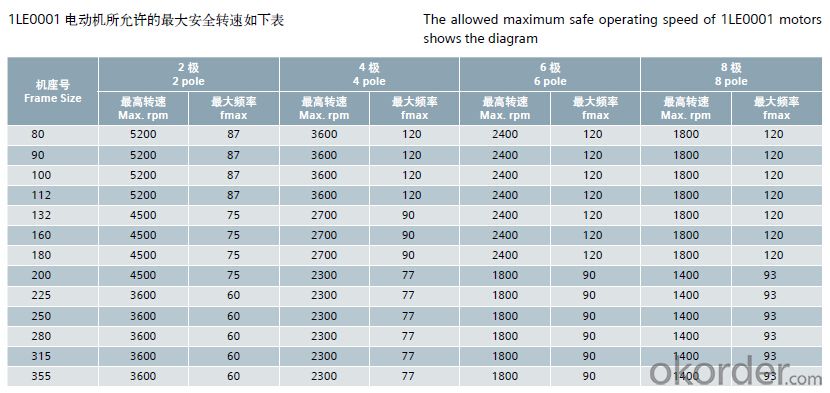
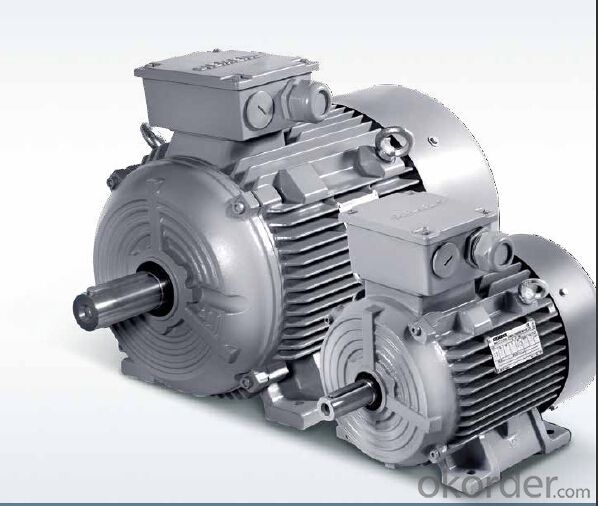
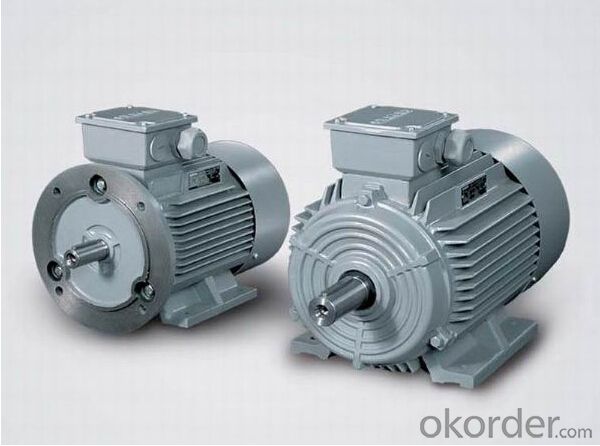
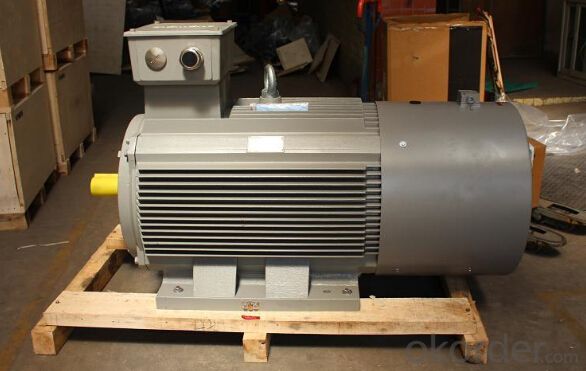

- Q: What is the highest 120 volt electric motor on the market. Are they small 1/2hp to 3hp or can you buy them at 15-20 hp.
- 5 Horsepower Motor
- Q: I am trying to determine the power requirements for an AC Motor for 2 types of wavemakers; Plunger and Flap.Here is the layout of the plunger and tank
- I think you need: F= Discharge (in m^3/s) * Speed Speed can be calculated according to you data. Discharge would the amount of water displaced every second, in m^3/s. Use P=F*V, should get you the power.
- Q: There is no magnets in an induction motor so is this even possible.
- The answer is that you need a field. Just how that field is generated varies. In some cases, remanence is used to initiate the magnetizing current. In others, external sources are used.
- Q: what is deference between PMSM and AC Servo motor?
- PMSM means permanet magnet synchronous machine. An AC servo motor could also use permanent magnets, but it doesn't have to.
- Q: my existing 3 phase motor,15kw, 220 volts,six lead terminals labeled as Z,X,Y,U,V, and W respectively. i want to use it, though i know its rating will drop by 30% in terms of kw. my power source is single phase,220 volts. i want to know how to connect its lead terminals or will i need capacitors as starter and whats the ampacity of the capacitor.
- that doesnt seem like it will work, regardless of the capacitors. a polyphase motor is wired so that the phase difference causes a rotating magnetic field to drive the rotor. edit: apparently some 3-phase motors are wound so that you can convert them to single phase 220v applications. these are not typical, however and the enclosure for the terminals would show the correct wiring configuration for what you want if the motor is wound properly.
- Q: It is an older motor, but runs well... except that it doesn't always start in the same direction. When I switch it on, it hangs for a second and then starts in either one direction or the other.
- Either the starting capacitor is worn out, or disconnected, or the centrifugal switch is not working, or the startup winding is open or disconnected. See the image in the source below.
- Q: Is the motor in the inverter air conditioner a direct current motor?
- The motor in the inverter air conditioner is certainly an AC motor because it is powered by frequency conversion.The so-called frequency conversion refers to the purpose of regulating speed by regulating the frequency of power supply.Since the frequency is adjustable, it indicates that the direction of the current varies periodically.Some series of AC motors can also be used as DC motors, but they are not normally used in air conditioners.
- Q: an electric motor draws a current of 11.5a in a 240v circuit. what is the power of this motor in watts?
- If its an ac motor, you do not have enough information. You would need to know the power factor or use a power meter to measure the power directly. Also, are you looking for the power taken by the motor or the power given out? They are different. Usually the power will be stamped on the nameplate, this will be output power. Power does NOT equal volts times amps in ac circuits despite how many people try to say it does. It's not half either
- Q: Do we need constant frequency and constant voltage for AC motor forrunning it at constant speed?
- The Voltage and the Frequency are varied to adjust the speed. This method is incorporated in a Variable Frequency Drive (VFD). If you want to run at a constant speed it is like any other motor. Variations in voltage, frequency and load cause speed variations, so a control system is required to compensate for these effects. In principle, a tachometer is used to measure actual speed, and the difference between this and the desired speed are used to adjust the speed, using a VFD.
- Q: the pulley isnt seized.it smokes only when ac or defroster is on.i would like to know how long can i drive it with the ac or defroster off all the time.
- The A/C compressor pulley runs free until you turn on the A/C knob. The pulley has an electric clutch that starts the compressor guts spinning. So as long as that clutch isn't turned on, it will not damage anything. Just unplug the wire connector on the A/C compressor, and drive. Or just never turn on the A/C switch on the dash.
Send your message to us
Siemens High Low Voltage Motor 1PQ Series
- Loading Port:
- China Main Port
- Payment Terms:
- TT OR LC
- Min Order Qty:
- -
- Supply Capability:
- -
OKorder Service Pledge
Quality Product, Order Online Tracking, Timely Delivery
OKorder Financial Service
Credit Rating, Credit Services, Credit Purchasing
Similar products
Hot products
Hot Searches
Related keywords
